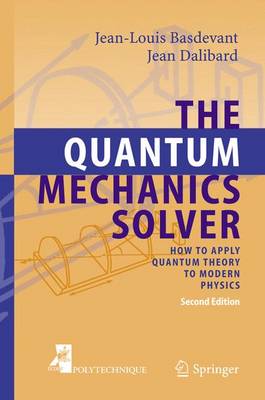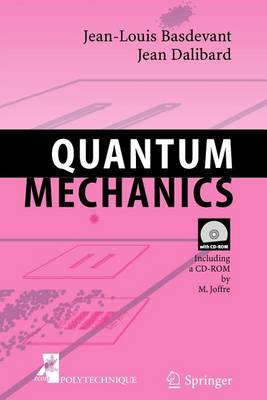Advanced Texts in Physics
2 total works
Quantum mechanics is an endless source of new questions and fascinating observations. Examples can be found in fundamental physics and in applied physics, in mathematical questions as well as in the currently popular debates ontheinterpretationofquantummechanicsanditsphilosophicalimplications. Teaching quantum mechanics relies mostly on theoretical courses, which are illustrated by simple exercises often of a mathematical character. Red- ing quantum physics to this type of problem is somewhat frustrating since very few, if any, experimental quantities are available to compare the results with. For a long time, however, from the 1950s to the 1970s, the only alter- tive to these basic exercises seemed to be restricted to questions originating from atomic and nuclear physics, which were transformed into exactly soluble problems and related to known higher transcendental functions. In the past ten or twenty years, things have changed radically. The dev- opment of high technologies is a good example. The one-dimensional squa- well potential used to be a rather academic exercise for beginners. The em- gence of quantum dots and quantum wells in semiconductor technologies has changed things radically. Optronics and the associated developments in inf- redsemiconductorandlasertechnologieshaveconsiderablyelevatedthesocial rank of the square-well model. As a consequence, more and more emphasis is given to the physical aspects of the phenomena rather than to analytical or computational considerations.
Gives a fresh and modern approach to the field. It is a textbook on the principles of the theory, its mathematical framework and its first applications. It constantly refers to modern and practical developments, tunneling microscopy, quantum information, Bell inequalities, quantum cryptography, Bose-Einstein condensation and quantum astrophysics. The book also contains 92 exercises with their solutions.

